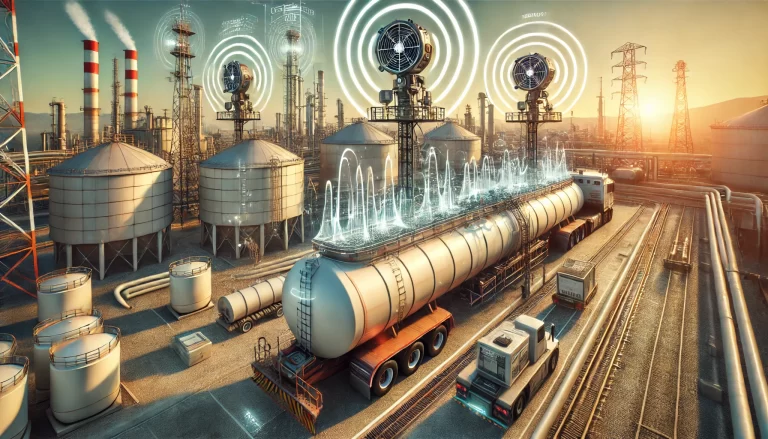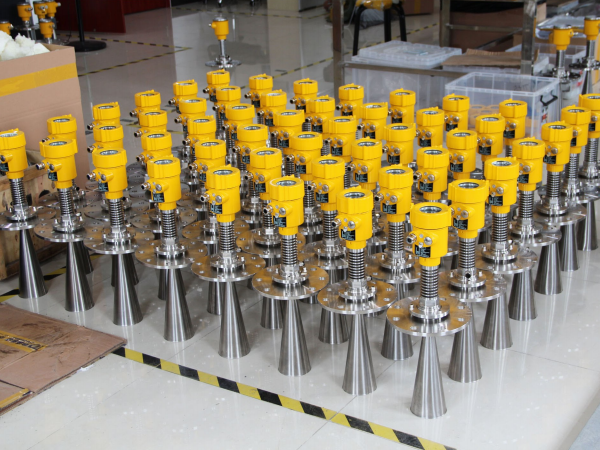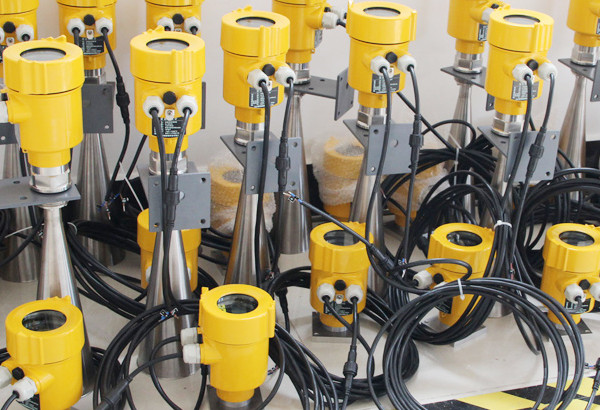As industrial automation and digitalization continue to advance, precise liquid level measurement technology plays an increasingly important role across various industries. In particular, industries such as petrochemicals, food processing, and pharmaceuticals rely on the accuracy of liquid level measurements to directly impact production efficiency and safety. Radar level meters, as advanced non-contact liquid level measurement instruments, have gained wide usage in complex environments due to their high precision, strong stability, and excellent anti-interference capabilities. This article will elaborate on the working principle of radar level meters and demonstrate their application in measuring the liquid levels in mobile tankers through two real-world cases.

Working Principle of Radar Level Meters
Radar level meters utilize microwave radar technology by emitting high-frequency microwave pulses and receiving the reflected signals to measure the height of the liquid level. When these microwave pulses encounter the liquid surface, part of the energy is reflected back. The radar level meter determines the liquid surface’s height by calculating the time difference between emission and reception of the signal. Specifically, the transmitter of the radar level meter emits a series of microwave pulses that travel at the speed of light. Upon encountering an obstacle, such as a liquid surface, these pulses are reflected back. The receiver captures the reflected pulses and converts them into electrical signals, which are processed through electronic circuits to provide the final level reading.

Case 1: Application in Petroleum Transportation
In the petroleum transportation process, measuring the liquid level in mobile tankers is crucial. Traditional liquid level measurement methods often suffer from low accuracy and susceptibility to environmental influences. Radar level meters, however, address these issues effectively. In a large petroleum transportation company, an 80 GHz radar level meter is used to measure the liquid level in mobile tankers. This radar level meter is installed at the top of the tanker and emits high-frequency microwave pulses. By receiving the reflected signals, it accurately measures the liquid level height.
In practical application, this radar level meter has not only enhanced the accuracy and stability of liquid level measurement but also significantly reduced maintenance costs and operational risks. It offers a reliable solution for monitoring petroleum levels, which is vital for ensuring safety and efficiency in the transportation process.

Case 2: Application in Chemical Raw Material Transport
In the transport of chemical raw materials, the safety and accuracy of liquid level measurements become even more critical due to the special properties of chemicals, such as corrosiveness and flammability. A chemical company uses radar level meters to measure the liquid levels in mobile tankers transporting chemical raw materials. In this application, the radar level meter avoids potential safety hazards caused by direct contact with chemical materials while also improving the precision and stability of the level measurements.

Radar level meters are widely applied in mobile tanker liquid level measurement due to their unique advantages. Their non-contact measurement method, high-precision technology, and strong anti-interference capabilities not only enhance the accuracy and stability of level measurements but also reduce maintenance costs and operational risks. This makes them an ideal solution for industries requiring high precision and safety in liquid level monitoring, such as petrochemicals and chemical raw material transportation.
